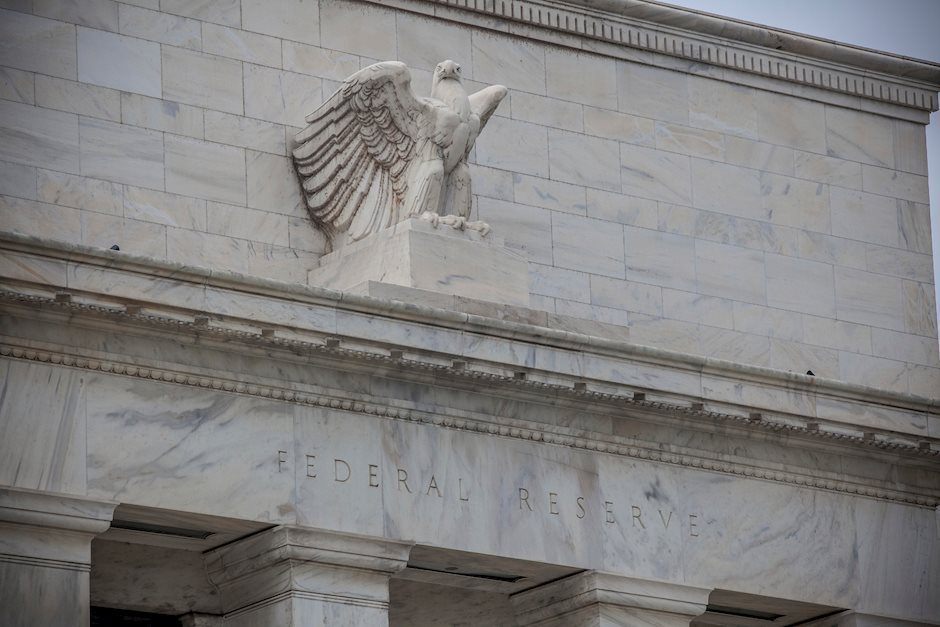The avalanche of Fed speeches continues

Markets
Markets shifted into higher gear yesterday after a false start on Monday when European markets were still closed and traded‐volumes in the US low. Core bonds again took center stage. US Treasuries underperformed Bunds, especially at the front‐end of the curve. Hawkish comments from Fed governors including Bullard (doesn’t rule out a 75 bps hike) and Evans (rates will probably exceed the neutral level) hurled the two‐year rate almost 15 bps higher. Recent resistance around the 2.50% area got crushed. Peak policy rate expectations have surged well beyond 3% over the past week. Yields further down the curve added 5.4 (30 year) to 8.3 bps (10 year). 10‐year real yields closed on the verge of positive territory (‐0.008%) for the first time since March 2020. German/European (swap) rates rose a little less than 7 bps at the long end. The move higher was also aided by the constructive risk climate, supposedly on quotes from Russian Foreign Minister Lavrov. He basically took the use of nuclear weapons in the Ukraine war off the table, easing fears for all‐out atomic conflict. European stocks finished well off their intraday lows (‐0.50%), Wall Street squeezed out a nice gain up to 2.15% (Nasdaq). This helps explain the USD’s lackluster performance despite soaring (real) yield support. EUR/USD finished marginally higher to close but below 1.08. The Japanese yen fell off a cliff, ignoring verbal warnings from Japanese Finance Minister Suzuki. USD/JPY closed at a 20‐year high of 128.91. EUR/JPY (139) hit the strongest levels in seven years. The Swiss franc traded on the back foot too. EUR/CHF bounced from sub 1.02 to 1.0273. Sterling lost out against most G10 peers in an orderly decline. EUR/GBP tried to overcome 0.83 but failed eventually.
Asian‐Pacific markets draw some comfort from yesterday’s US performance. Most indices trade in the green. The Bank of Japan offered another round of unlimited bond buying as the 10y yield over the past days reached the 0.25% upper bound once again. The yen strengthens (very) slightly nevertheless in what is probably more of a technical move after a 13‐day decline against the dollar. USD/JPY eases to 128.72. China’s yuan gapped lower to USD/CNY 6.41 at the open but recovered in the hours thereafter to 6.40 (support zone) currently. Chinese loan prime rates were kept unchanged, a decision that shouldn’t come as a big surprise after the PBOC yesterday made no references for such a move happening at short notice. Core bonds trade near yesterday’s closing levels.
The economic calendar won’t inspire markets to anything today. The avalanche of Fed speeches continues. Eyes may slowly turn to the next policy meeting scheduled on May 4. The release of the Fed’s Beige Book later today formally kicks off the process. (US) yields already took a big advance on policy normalization but to call off the upward trend now is premature to us. The US 10y yield is nearing the 3% level while the 30 year tested that psychological landmark already yesterday and today. For the 2y yield we’re looking for a sustained move above the shoulder top in the head‐and‐shoulder pattern of 2018‐2019 (2.58‐2.60%). Germany’s 10y yield (0.91%) made another step yesterday towards the 1%, while the European 10y swap is attacking the 2012 correction lows between 1.60‐1.65%. EUR/USD recaptures a first, minor resistance of 1.0806 (March low) but it’s technical relevance is negligible. The downside remains vulnerable, especially within the trend of higher US real yields. EUR/GBP struggles with the 0.83 barrier. In a broader perspective, the pair remains trapped within a downward sloping trend channel.
News headlines
At an online debate organized by Echo magazine Czech central bank member Thomas Holub said the Czech national Bank probably will have keep tightening policy in order to prevent inflation from getting entrenched, Bloomberg reports. A stronger koruna helps to mitigate inflationary pressures, but Holub kept a cautious tone on using the CNB’s huge FX reserves as a policy tool to address inflationary pressures. He prefers to raise interest rates further and ‘downplayed the firepower’ of the CNB reserves in this context.
In Poland, Monetary Policy council member Henryk Wnorowski yesterday also advocated that the Polish policy rate could be raised as high as 7.5%. Wnorowski in this respect indicated that the central bank is operating in a context where no limits or boundaries can be imposed. He also envisaged a scenario where inflation would only return within the deviation band from the target (2.5% +/‐ 1.0%) in 2024, especially if the war in Ukraine would last rather long. At the same time he also assumed a scenario where the zloty is likely to appreciate.
Author

KBC Market Research Desk
KBC Bank
















